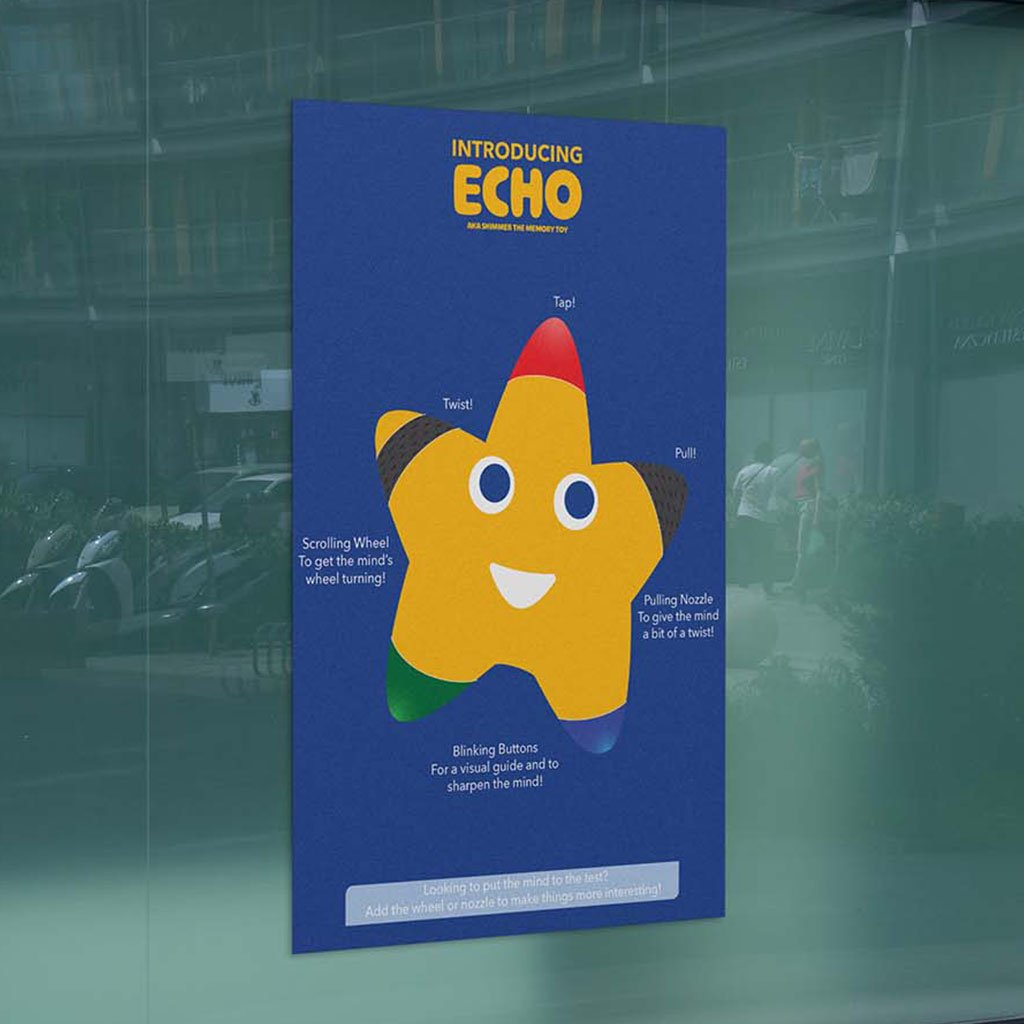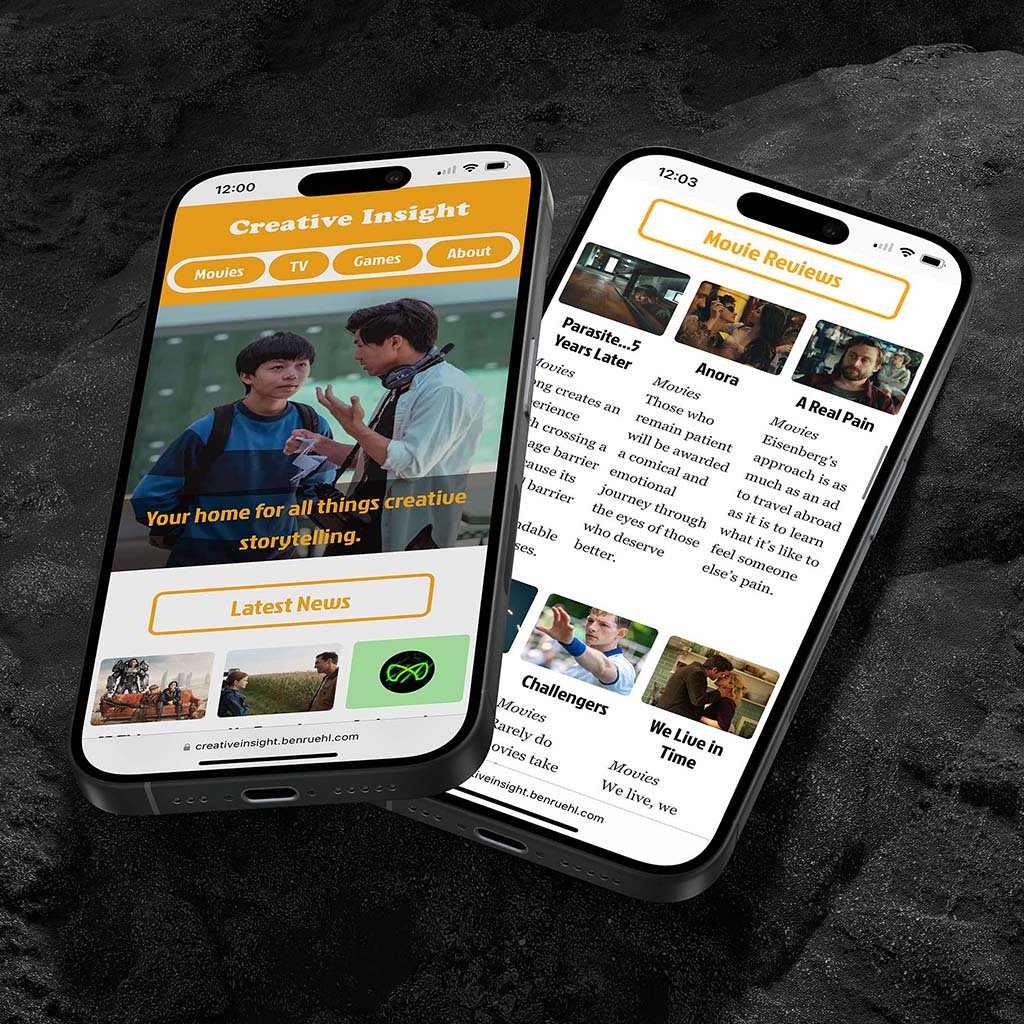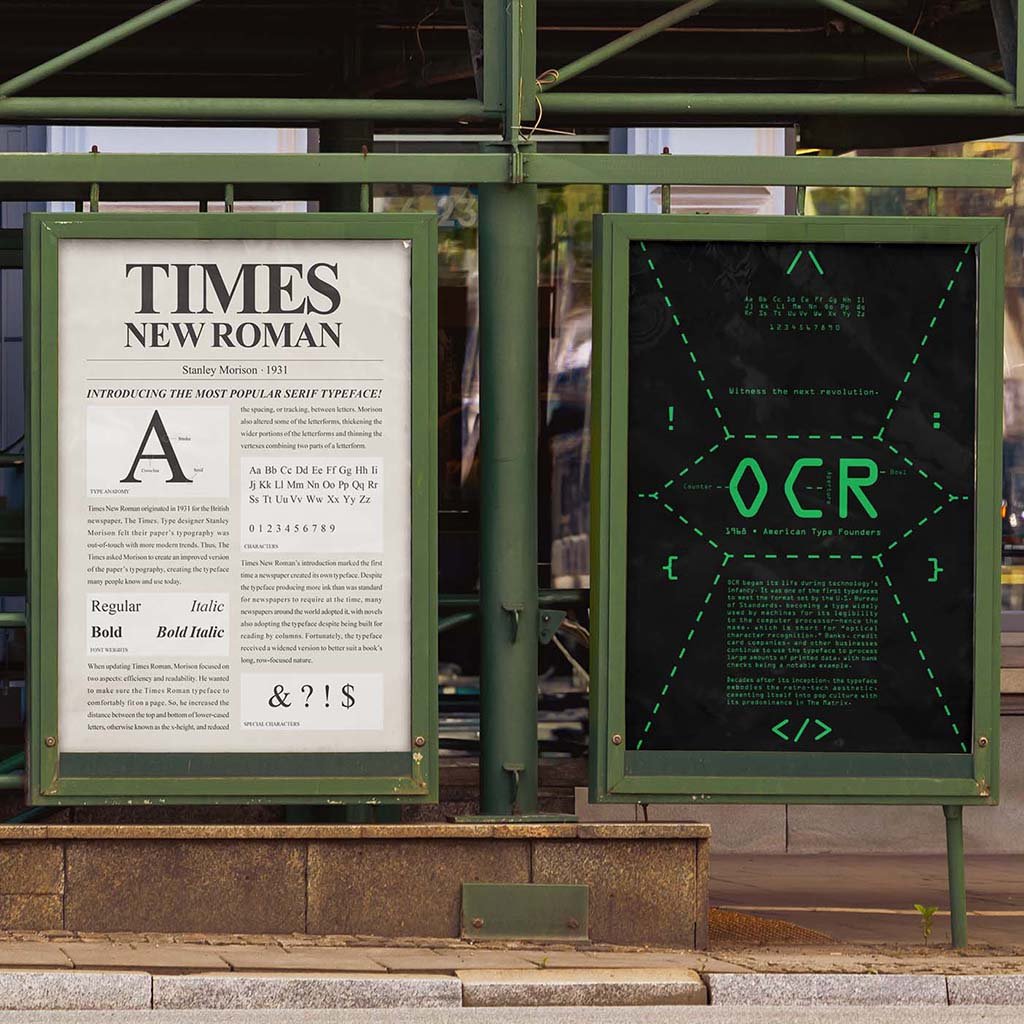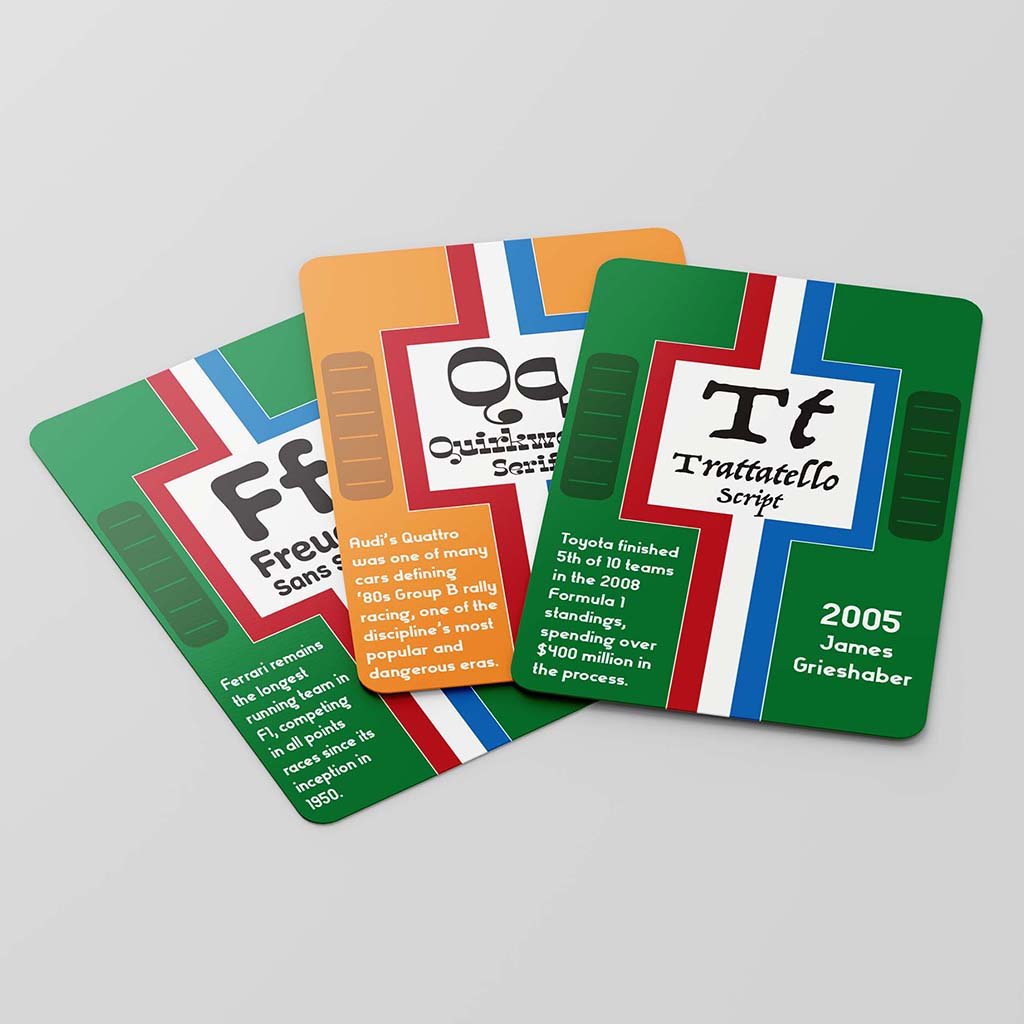Starlight Toys

Starlight Toys A Different Kind of Learning Experience I was tasked with creating deliverables for a fellow classmate’s brand. Starlight Toys develops hands-on learning toys and games and requested an e-commerce website for their brand and an infographic detailing their latest memory toy, Echo. The deliverables also had to be distinguishable from the brand’s products and speak to the company’s target audience. Goals and Process I considered the client’s target audience, as well as their background, provided brand guidelines, and industry competitors. I meticulously worked through sketches of the infographic and website before bringing them to the computer for further refinement. One element of these iterations was the memory toy itself, which uses the company’s mascot to best represent the brand’s approachability to parents and children. The Results The resulting infographic and website showcase my client’s and my thought process surrounding the brand’s execution. The infographic is sleek and incredibly legible, making it applicable at multiple scales and an attention-grabber when put in a storefront window. My favorite element was the memory toy’s digital mockup, with my knowledge of Illustrator creating a toy that feels interactive the moment people lay eyes on it. The website is effective and purposeful, providing users everything they need to make a valued and educated purchase. After much communication between myself and the client, we felt the end deliverables fulfilled their desired attributes and features and provided consumers with a poignant and stress-free experience that made them look forward to shopping with Starlight Toys for their new toys and games. PreviousNext
Creative Insight

Creative Insight A Brand Made with Creative Intent Originally conceptualized as a brand showcasing my skills and expertise in critiquing and analyzing movies, TV shows, and video games, I created a comprehensive brand system with multiple executions across print and digital media, using color theory and typography to represent the brand’s playful and carefree writing style and aesthetic, and create reviews and articles consumers would want to read and enjoy. Goals and Process With Creative Insight, its intention was two-fold: offer people a chance to read my thoughts on storytelling and what makes them so profound (or dull) and create a brand system across print and digital to showcase its presence in both mediums. I wanted to explore color theory and typography to see how it could enhance or embody the brand’s perspective on journalism and content creation. The brand also had to be consistent across mediums and represent my love and appreciation for particular artforms. To do this, I conducted research on competing journalist institutions and how they display their information across websites, print publications, and social media to gain a better understanding of the material I would be producing. Once complete, I thoroughly sketched out ideas for the brand’s executions before landing on iterations I felt most comfortable with and incorporating the brand’s color palette and typography. Then, I chipped away at making each execution as legible and enjoyable as possible for users and readers alike. I wanted to make sure that people understood the brand and its purpose just from its aesthetic, which incorporated the color palette’s playfulness and the typography’s legibility and ability to stick out. The Results The resulting website, minizine, and social media elevate my original vision for the brand while better reflecting my goals for its applications. Its color palette and typography are approachable and legible, helping to bring users to the site or read through articles available on the website and in the minizine. The website’s design reflects the minimalistic nature many review sites have instilled in their UIs, with a custom-built infrastructure responding to a user’s screen size. The supplementing minizine provides a similar experience as the website, only instead in a physical form factor. The social media extends the brand’s pre-established aesthetic while providing users enough of the hook to check out some of the latest articles. Because of how expansive the brand became, I made sure to keep its color palette, typography, and text hierarchy consistent across mediums. I also utilized imagery in a cohesive yet ingenious manner, making sure each element sits comfortably on the page and helps guide readers and users through their experience. Visit Website PreviousNext
Type Posters

Type Posters Paying Homage to Font History Creating font posters allows for newfound knowledge of type history, including a better understanding of type classifications and anatomic identifiers unique to that font. Establishing a visual and typographic hierarchy throughout the design process is paramount to a successful and refined layout, with sketches being the first step in the design process. Tasked with this, I created posters for three of the world’s best-known fonts, each a different typeface. Goals and Process I picked three fonts—Nobel, Times New Roman, and OCR—and conducted research on how they came to be and what people have been using them for. I sketched out designs representing each font’s history and use cases. I wanted each poster to tell their respective font’s story and cultural significance, conversely creating attention-grabbing compositions that people would be interested in learning about them. Once in Illustrator, I refined each poster’s composition and layout. Originally, for Nobel, I combined the color scheme of one design with an abstract letterform. However, I later reverted back to the original design and added particular elements that were missing previously, with the intention of better implementing the font and its history through the poster’s layout of information and text hierarchy. With OCR and Times New Roman, it was moreso a matter of refining what was present, so they worked best in the confines of the poster—changing font sizes, location, and colors when seen fit. The Results For Times New Roman, the aesthetic emulates how the font was popularized through books and newspapers. The poster takes minimal knowledge to determine how to read it, emulating what it’s like to read a page from a newspaper that many will be accustomed to. Therefore, elements like headings, the typeface’s creator, its date of creation, and its type anatomy replace elements of similar placement (headings, images, captions, etc). The resulting poster’s layout is legible and accessible, making the font choice a perfect embodiment of serif typefaces and their real-world application. For Nobel, I took its sans serif and geometric nature and applied it to a gridded poster focused on type hierarchy. I used a warm and tranquil color palette that pops off the page and allures the eyes to particular elements, such as the font’s name and special characters. The supporting elements fit comfortably in the poster’s confined grid layout, providing a quick distinction between each aspect of the font. The type’s anatomy is also featured after determining how to apply those elements without becoming too much of a distraction. Thus, the final design is angular, readable, and colorful—perfectly encapsulating what Nobel is and could be used for. For OCR, I called back to its roots as a coding typeface that embodies the beginning stages of digital technology. With its prevalence in pop culture, thanks to The Matrix, I also wanted to pay homage to what has made the font so popular since the turn of the century. As a result, the poster looks sleek and inorganic, while its composition remains legible. The special characters spread around the poster are those first used in computer code, amplifying the design’s homage to its early adoption by programmers and tech companies. Each poster looks sleek and in line with their historical significance and how many continue to use them in modern design. Most of all, each poster tells a story about its respective fonts and instills their significance in a single image. Next
Racing Type Cards

Racing Type Cards Vintage Racing Meets Decorative Typefaces Originally conceptualized as a brand showcasing my skills and expertise in critiquing and analyzing movies, TV shows, and video games, I created a comprehensive brand system with multiple executions across print and digital media, using color theory and typography to represent the brand’s playful and carefree writing style and aesthetic, and create reviews and articles consumers would want to read and enjoy. Goals and Process The card deck became my first crack at applying my passions and interests into a design, hence why the cards feature a vintage racing aesthetic. It required constant attention-to-detail, making sure each card shared the same pattern but told a different story through their fonts. However, it wasn’t until I sketched out several ideas I had for the deck that I came across such an idea for a complete aesthetic. Additionally, the design process proved iteratively challenging, as I had to change text sizes, bleed, and margins to make sure the cards were legible at a small scale and produce a deck people would be interested in reading through and exploring rather than play with. The Results In the end, the cards became an experiential fusion of vintage racing and a typical card deck. Racing has been a lifelong interest of mine, and to have the chance to apply that passion to a design was incredibly fulfilling and helped motivate me to make the deck as great as it could be. The fonts chosen add a little variety into the otherwise monotonous aesthetic the cards and their fun facts deliver, with letter patterns on the back of each card also a cheeky little touch to help the cards feel more practical with the deck’s execution and overall feel. PreviousNext